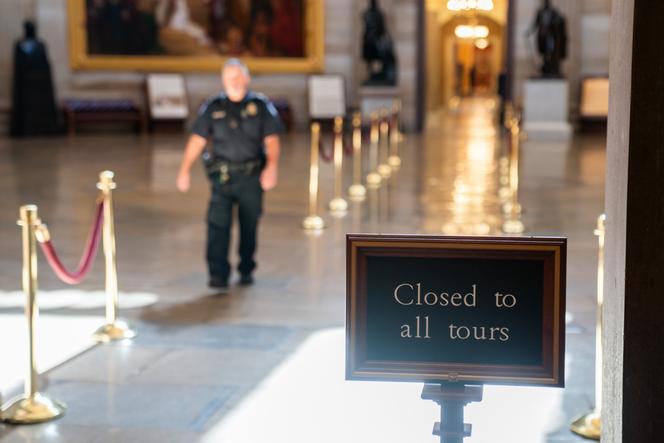


On the 11th day of the United States federal government shutdown, the effects of the administration's paralysis have begun to be felt across the country. With no end to the crisis in sight, many Americans expect to see the direct economic impacts of the political impasse in the days to come. The shutdown was caused by a deadlock in the US Senate between Republicans and Democrats over budget issues. The Republicans needed the support of seven opposition senators to pass their appropriations bill, and the Democrats had made their votes conditional on restoring funding for Medicare extension, a measure which would secure health coverage for some of the poorest Americans, yet would also would cost several hundred billion dollars over the years to come.
Federal employees were the first people affected by the government funding freeze. The US employs 2.2 million federal workers, around 620,000 of whom had been placed on furlough as of Wednesday, October 8, according to union estimates. That figure is expected to rise over the coming days and weeks, as many agencies that have continued operating on reserve funds might be forced to close if the shutdown continues. Most federal salaries are likely not to be paid until the government reopens.
You have 77.76% of this article left to read. The rest is for subscribers only.
